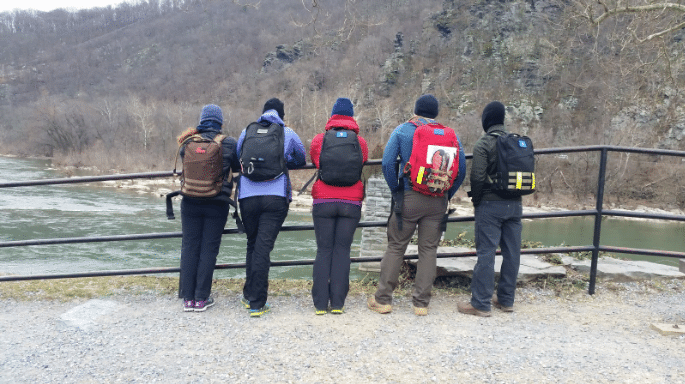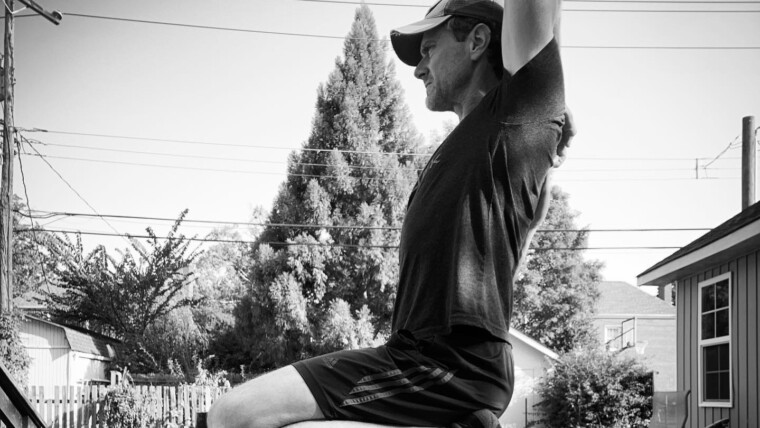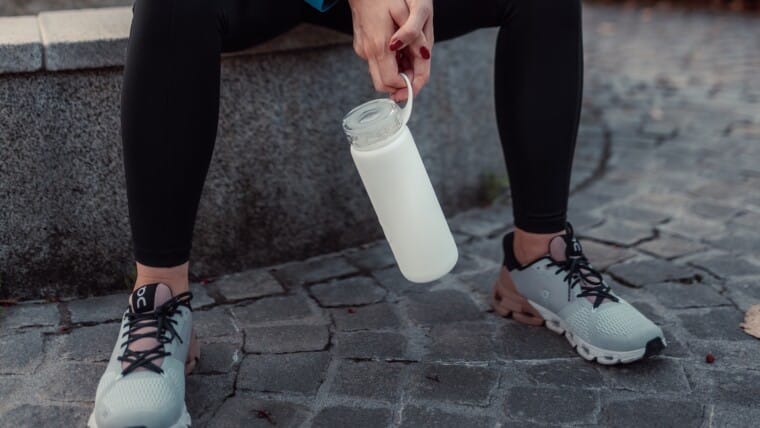Rucking, or the act of walking with a loaded backpack, is a popular form of exercise and training. While rucking can be done in a variety of weather conditions, rucking in hot weather poses a unique set of challenges.
The combination of the physical exertion of rucking and high temperatures can quickly lead to heat exhaustion, dehydration, and other heat-related illnesses. However, with the right preparation and approach, rucking in hot weather can be a safe and rewarding experience.
In this article, we will provide tips and advice for rucking in hot weather to help you stay safe, healthy, and comfortable.
- Hydration
One of the most important aspects of rucking in hot weather is staying hydrated. As you sweat, your body loses both water and electrolytes, which can quickly lead to dehydration. Dehydration can cause a range of symptoms, including headaches, dizziness, fatigue, and muscle cramps. In severe cases, it can even lead to heat exhaustion or heatstroke.
To avoid dehydration, it is important to drink plenty of water before, during, and after your ruck. The best general rule is to drink when thirsty, but sometimes we need to be a little more strategic. In general, you should aim to drink at least 16-20 ounces of water 2-3 hours before your ruck. During your ruck, you should aim to drink 8-10 ounces of water every 15-20 minutes, or more if you are sweating heavily. You can also consider adding an electrolyte mix to your water to help replace the electrolytes you lose through sweat.
(We have an entire article about electrolytes and rucking you might want to check out! Also, check out LMNT , our favorite electrolyte supplement.)
To ensure I get enough water and electrolytes, I usually carry a water bladder with plain water and a nalgeen with LMNT. - Clothing
Wearing the right clothing can also make a big difference when rucking in hot weather. You want to choose lightweight, breathable fabrics that will allow your skin to breathe and wick away sweat. Avoid cotton, as it can absorb sweat and become heavy and uncomfortable. Instead, opt for synthetic fabrics or moisture-wicking materials like merino wool (here are some options from GORUCK and Amazon).
You should also consider wearing a hat to protect your face and scalp from the sun. A lightweight, breathable cap or hat can help keep you cool and protect your skin from sunburn. Sunglasses can also help protect your eyes from the sun and reduce glare, which can be especially important if you are rucking on pavement or other reflective surfaces. - Sun protection
Speaking of sunburn, it is important to protect your skin from the sun when rucking in hot weather. Even if it is overcast or you are in a shaded area, UV rays can still penetrate through the clouds and cause damage to your skin. Make sure to apply sunscreen with at least SPF 30 to any exposed skin before your ruck. You should also consider carrying a small tube of sunscreen with you in case you need to reapply during your ruck. - Route planning
When rucking in hot weather, it is important to plan your route carefully. Avoid routes that are too exposed or lack shade, as these can quickly become unbearable in high temperatures. Instead, look for routes that offer plenty of shade, such as parks, trails, or wooded areas. If you do need to ruck in an exposed area, try to go early in the morning or late in the evening when temperatures are cooler.
You should also consider the terrain when planning your route. Rucking on pavement or other hard surfaces can be tough on your joints and feet, especially in hot weather. Instead, look for softer surfaces like dirt trails or grassy fields. These surfaces will be more forgiving on your body and also help reduce the amount of heat radiating up from the ground. - Pace yourself
When rucking in hot weather, it is important to pace yourself and listen to your body. Heat exhaustion and heatstroke can happen quickly, so it is important to be aware of the signs and symptoms. If you start to feel dizzy, lightheaded, or nauseous, or if you experience muscle cramps or excessive sweating, it may be a sign that you need to take a break and cool down.
To avoid these symptoms, try to maintain a steady pace that is comfortable for you. You should also take regular breaks, especially in the shade or in air-conditioned areas. It is better to take frequent short breaks than to push yourself too hard and risk heat-related illness. - Gear and equipment
The gear and equipment you choose can also make a difference when rucking in hot weather. Look for a backpack that is designed for airflow and ventilation, as this will help reduce the amount of sweat and heat buildup on your back. You should also consider using a hydration bladder or water bottles that can be easily accessed and refilled.
If you are rucking with a team or partner, make sure to communicate and check in with each other regularly. Keep an eye out for any signs of heat exhaustion or other heat-related illnesses, and make sure to take breaks as needed. - Nutrition
Proper nutrition is important for any physical activity, but it is especially important when rucking in hot weather. Your body needs fuel to power your muscles and regulate your temperature, so make sure to eat a balanced meal before your ruck. Aim for a meal that includes a mix of carbohydrates, protein, and healthy fats.
During your ruck, you can also consider carrying small, easily digestible snacks like energy bars or gels. These can help provide a quick burst of energy without weighing you down. You should also avoid heavy or fatty foods, as these can slow down digestion and make you feel sluggish. - Cooling techniques
Finally, there are a number of cooling techniques that you can use to help regulate your body temperature when rucking in hot weather. One of the most effective is to pour cool water over your head and neck. This can help lower your core body temperature and provide a quick burst of relief.
You can also consider using a cooling towel or bandana. These are designed to be soaked in cool water and worn around your neck or on your head. They can help reduce the amount of sweat and heat buildup on your body and provide a refreshing sensation.
Conclusion

Rucking in hot weather can be challenging, but with the right preparation and approach, it can also be a rewarding and invigorating experience.
Remember to stay hydrated, wear the right clothing, protect your skin from the sun, plan your route carefully, pace yourself, choose the right gear and equipment, fuel your body with proper nutrition, and use cooling techniques as needed. With these tips and advice, you can safely and comfortably enjoy the benefits of rucking in any weather condition.







